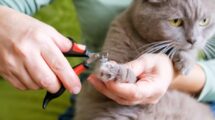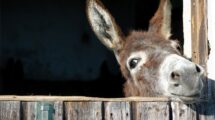Animal Chatter
By Iris Winston
Think about the pain you would feel to have the first joint of each of your fingers removed.
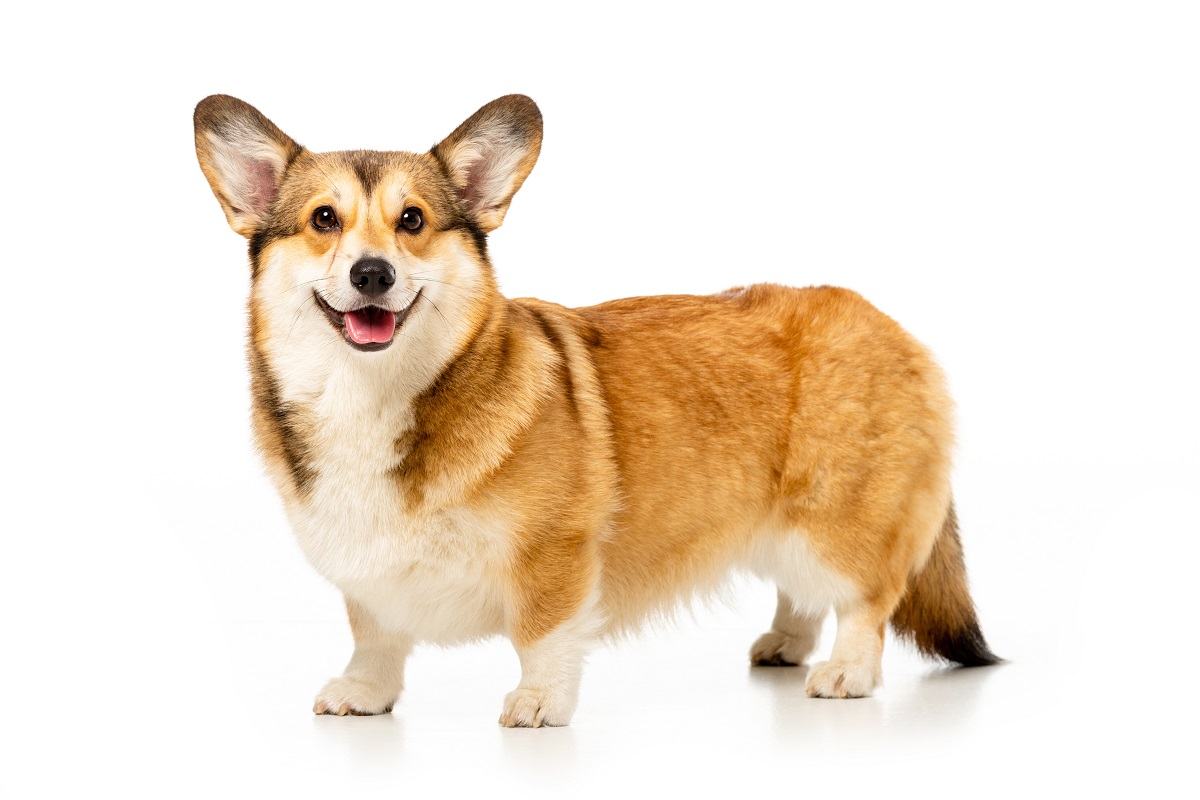
Consider the discomfort associated with cosmetic procedures — even if you made the decision that the surgery would be worthwhile.
Animals don’t have any say in the matter of surgery inflicted upon them. While spaying and neutering are necessary to prevent the birth of unwanted puppies and kittens, there is no excuse for the types of cosmetic surgery that have been inflicted upon them. How can a cat’s scratching a chesterfield justify cutting off the top joint of each paw? Why is there a need to change a dog’s appearance by cropping his ears or docking his tail?
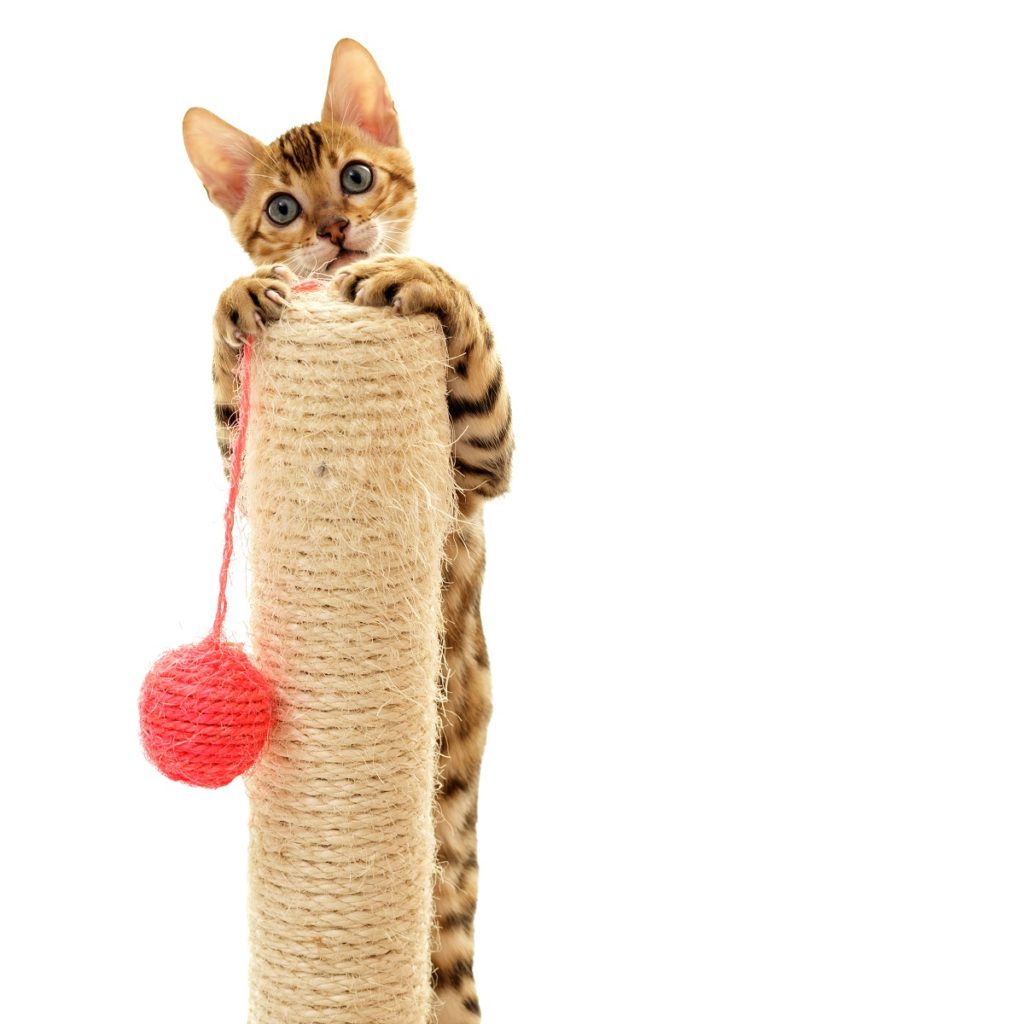
It has taken the world unnecessarily long to wake up to the cruelty of such cosmetic surgery. Now, finally, such procedures as tail docking and ear cropping of dogs and declawing of cats are banned in most provinces. (Ontario is the last province to be ready to finalize a bill forbidding declawing of cats that Marit Stiles—now NDP leader—first introduced into the provincial legislature three years ago.
Declawing finally banned in most parts of Canada
Declawing is much more than the removal of toenails. The surgery includes the removal of the top joint of each paw and hampers cats for the rest of their lives. As well as suffering extreme pain during their recovery from the mutilation, they tend to continue to have greater sensitivity in the area even after they have healed.
They also have difficulty in dealing with kitty litter and may tend to avoid using a litter box. But they cannot use the great litter box under the sky because it is no longer safe for declawed cats to go outside. The surgery has taken away their primary defence mechanism.
Declawed cats frequently bite more than cats who are not forced to undergo the procedure. They are also more likely to suffer from arthritis and mobility issues as senior animals because cats walk on the tips of their toes. When those tips are amputated, their weight is less evenly balanced and can lead to severe problems in old age
When my daughter was taking her first veterinary degree in the 1990s, she refused to declaw a cat in her care, because she would not cause an animal unnecessary pain. At that time, students were required to demonstrate the ability to perform this surgery or risk not being able to qualify as veterinarians. (Fortunately for her, an understanding professor respected her principled position and solved the problem by having her do the declawing on a cadaver, so that she did not have to hurt a living animal.)
All good vets put the animals first. While some may have been prepared to declaw if owners insisted that their only alternative was to euthanize their cat, I believe that they are relieved to be able to refuse to do the surgery now that declawing is illegal almost everywhere.
There are much kinder ways to protect the furniture than crippling a cat. Getting a young animal used to having her toenails clipped is the first and most obvious step. Doing it often with the right tool—a cat nail clipper available at any pet store—and taking only the very tip of the nails off is generally accepted by most cats, particularly if you choose to manicure when they are sleepy.
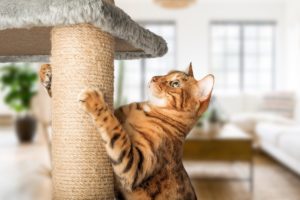
Admittedly, some cats, such as newly adopted strays, turn into terrified and terrifying beings at toenail time. It is likely that a clumsy manicurist once drew blood and they remember the pain. In such a case, it might be wise to arrange for the clipping during a visit to the veterinary clinic.
Providing scratch pads or posts is one of the best ways to keep felines scratching happily without harming furniture. My cats have me well trained to understand that when they scratch the pad by the patio door, they are ready to go outside. There are also such items as furniture guards to deter scratching. Cats, who generally return to the same favourite places, dislike the sensation or sound of aluminum or sticky plastic strips under their paws and are likely to stay away, if they are offered such alternatives as inviting scratch pads spiced with catnip.
As for tail docking and ear cropping in dogs, most provinces now ban ear cropping and regulate tail docking closely. Provincial veterinary associations also discourage their members from performing any cosmetic surgeries even when their provincial governments have not finalized legislation banning this type of cruelty to animals.
Almonte, Ontario, writer Iris Winston is a former executive director of the Canadian Federation of Humane Societies. She has been an animal lover all her life. Her pets have always been important members of her family.



